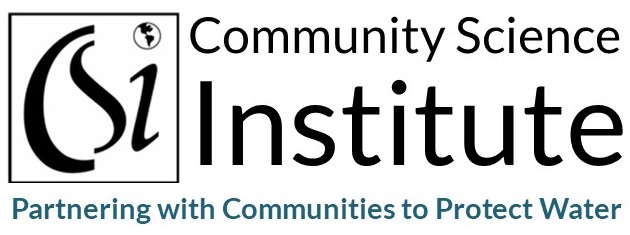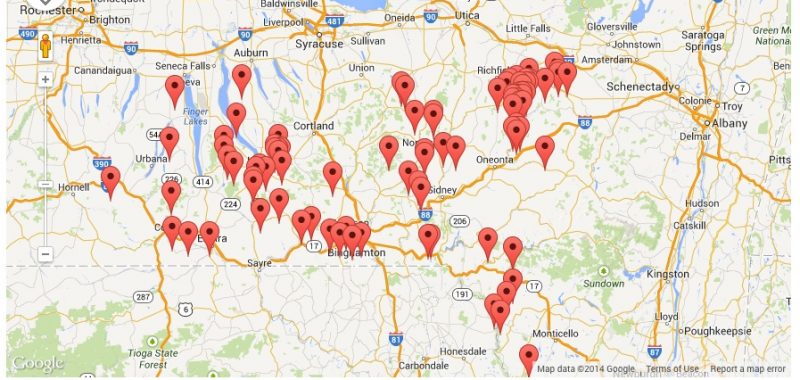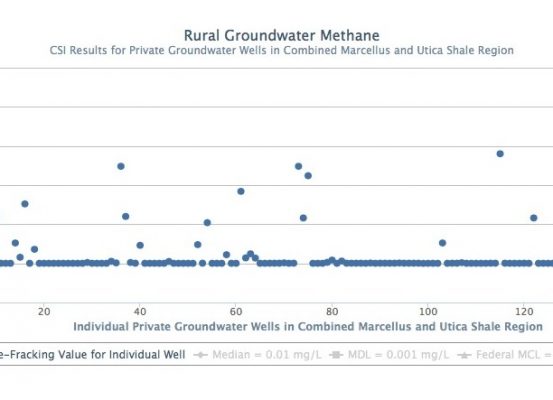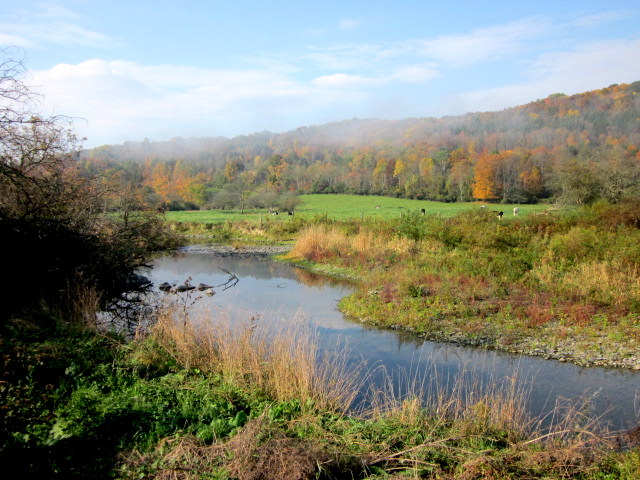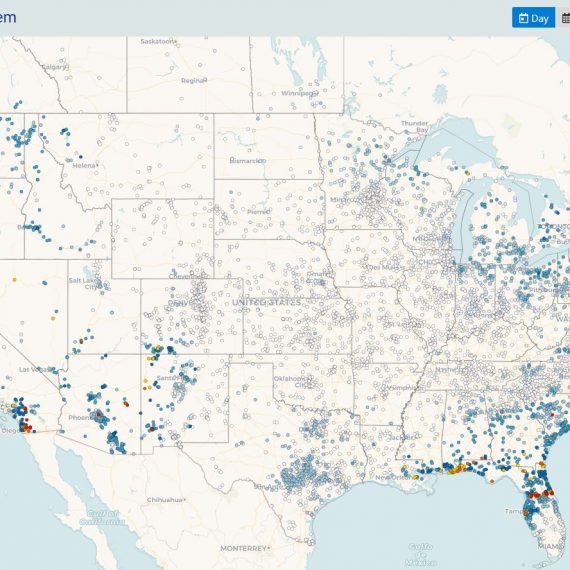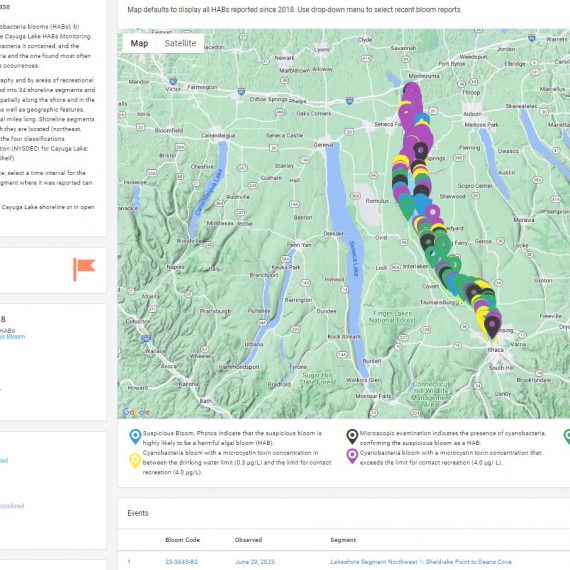CSI’s Regional Baseline Initiative seeks to collect scientifically credible baseline water quality data related to “hydrofracking” and make these data available to the public.
The new technology of horizontal drilling combined with high volume slick water hydraulic fracturing or “hydrofracking” has opened up the Marcellus and other shale deposits around the world as a source of natural gas. It has also raised serious concerns about environmental risks to water, air and forests as well as long-term impacts on rural communities and economies.
Community Science Institute has responded to these risks to water by launching the Regional Baseline Initiative to make baseline testing data available to the public and establish baselines for New York’s groundwater and streams. Our online database of regional groundwater quality contains baseline test results from hundreds of private wells and the Red Flag monitoring program works with volunteers who are actively collecting baseline data for dozens of small streams and creeks across New York.
